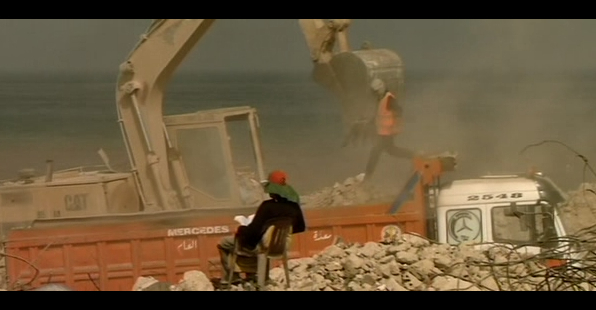In this last workshop of the academic year, Brian Holmes joined us to present all the elements of his practice: activism, essay-writing, performance lectures, the organization of public events, traveling experiments in social perception, research collectives, archiving. This practice depends on the self-organization of cooperating groups. It’s not about curating representations, but provoking responses. In this way it can offer one reference-point for all of those who are pursuing a transformation of the existing cultural system. Brian began by showing his ‘research’ in the morning with a retrace of the evolution of the Continental Drift project. Originally it began as a research proposal, inspired by artists who configure multi-layered projects involving various media and extending over long periods. It evolved into a public forum organized with Claire Pentecost and the 16 Beaver Group in New York, including four different events, plus a fifth in Zagreb. It morphed into an experimental travelling practice, the “Continental Drift through the Midwest Radical Cultural Corridor,” which gave rise to the Compass group. A structured, month-long “Continental Drift through the Pampa” was undertaken with Claire Pentecost and the El Levante group in Rosario, Argentina. Finally, a recent public seminar project called “3 Crises: 30s-70s-Today” was organized at Mess Hall in Chicago. This can be seen as a reformulation of the previous experiments. The project has finally found a mode of archiving that makes it accessible and useful for people anywhere.
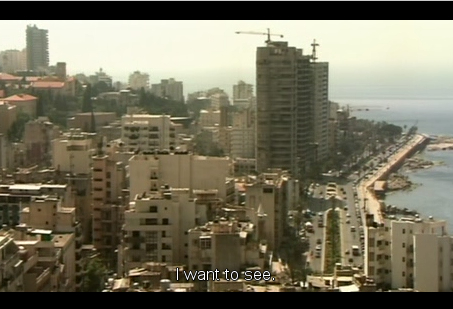
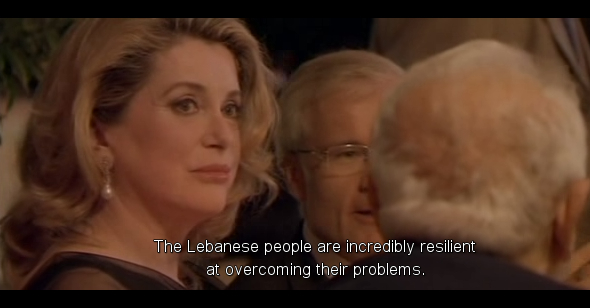
Brian concluded the morning with a specific focus on the opening lecture delivered for 3 crises- in the 1930’s. We are transposed to Mexico City, at the Palacio de Bellas Artes with two huge commissioned murals facing each other: Diego Rivera’s El Hombre En El Cruce de Caminos (Man at the Crossroads) vs. José Clemente Orozco’s Catharsis. Both painters returned from the US and painted grand murals respectively positioning two opposing viewpoints, on the one hand the communist sympathisor, on the other the glorification of capital after the fall of the stock market. For some, this could reflect the contemporary predicament of today where gamblers (Wall Street) are battling protesters (Occupy Wall Street).
The afternoon session was devoted to a group discussion of self-organized cultural practice taking form by flaneuring through Arnhem, where we took a turn (derive) crossed the bridge, gathered for a rest on some steps and discussed the controversies surrounding the Berlin Biennale and our plans and research projects for our forthcoming trip to Dakar.
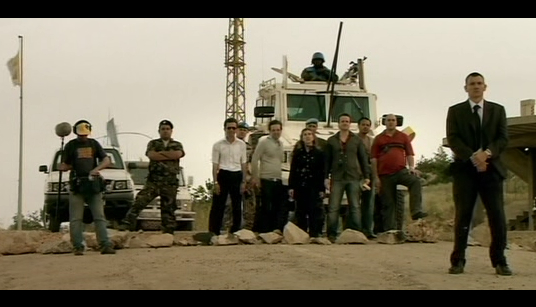
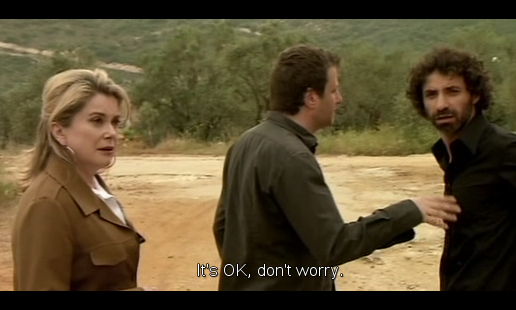
In the evening Brian delivered ‘ Mirror, Mirror:Art and the 1 Percent’, in collaboration with another DAI project, Situating Artistic Practices organized by Steven van Thije of the Van Abbemuseum and Ahmet Ozgut. The lecture furthermore premises the question “At what price do subjects speak the truth about themselves?” (Michel Foucault). The answer, when it is articulated according to the rules of the knowledge-based economy, defines the contradictory field of social relations that neoliberal cultural institutions have produced, in arying forms from country to country. Focusing on the relation between expressive practices and the increasingly financialized art market over the last thirty years, this lecture explored the space of tension that characterizes a hegemony. The apparent plasticity of self-reflexive identities transforming themselves through experiments with recombinant media is not only captured by the gallery-magazine-museum circuit, but also tracked and evaluated by sophisticated data-aggregators such as ArtPrice.com. A 2008 film entitled Je Veux Voir (I Want to See), by Lebanese artists Joanna Hadjithomas and Khalil Joreige, dramatizes the violence of the crisis that now appears to have broken the institutional mirror where the debt-ridden and increasingly precarious middle classes saw themselves reflected in the gaze of the transnational elites. The question (that remains) is whether, and on what basis, new institutions can be forged, able to articulate the energies, problematics and memories of resistant subjects in historical time and across global space, without reductive valuations or exclusive hierarchizations.
We were delighted that Charles Esche, director of the Van Abbemuseum, joined us for the closing discussion and shared some of his thoughts on the present artistic climate and austerity measures in the Netherlands.
